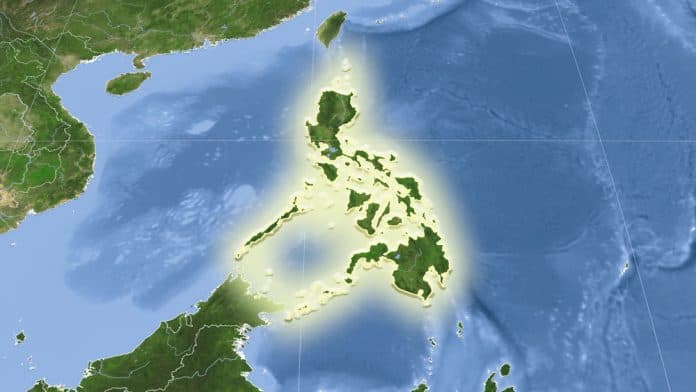
Challenging the projected downward trend, cash remittances from overseas Filipino workers (OFWs) are expected to increase by seven percent this year, according to an Inquirer report citing an analysis from Morgan Stanley Research.
The experts added that the actual remittances last year defied the forecasted decline amid the pandemic, registering $29.9 billion, a drop of 0.8 percent only from the $30.1 billion in 2019. A number of factors contributed to this, including the availability of social assistance programs in host-countries, the report said. Moreover, the lockdown policies less likely hit OFWs working in Asia.
“Altruistic motives and border closures” may have compelled those abroad to transfer cash through “formal channels”, Morgan Stanley added. They also said that the majority of migrant workers were employed as domestic helpers or health care workers, roles that became increasingly essential amid the pandemic.
Remittance Growth Drivers
Projecting a V-shape global recovery, Morgan Stanley said that this movement will push remittances to bounce back. The oil price recovery will likely improve cash flow from the Middle East. More business sectors are expected to resume operations again in light of the vaccination rollout. Countries will likely lift constraints on migrant workers, including OFWs, resulting in deployment initiatives yet again.
According to Morgan Stanley, the recovery of remittances will contribute to household discretionary spending and strengthen the Philippine peso amid the pandemic. In particular, industries such as domestic banking, consumer, and real estate will benefit from this positive development.
Remittance Protection Bill
Last December, the House of Representatives approved on third and final reading the proposed OFW Remittance Protection Act, as Business Mirror reported. The bill seeks to protect the money remitted by migrant workers by prohibiting banks and non-bank financial institutions from raising remittance fees without consultation with the Department of Finance, the Bangko Sentral ng Pilipinas, and the Philippine Overseas Employment Administration.
The charges on remittance services should be subject to a 50 percent discount. Remittance service providers can claim the discounts as a tax deduction, which will be an ordinary and necessary expense deductible from their gross income.
Real Estate Impact
The projected growth of OFW remittances, along with the law to protect it, will likely contribute to increased interest and better buying power on hard assets, such as real estate. Even amid the height of the pandemic last year, overseas demand for properties in the Philippines remained strong. The lockdown policies that drove people to stay home may have contributed to a renewed appreciation for real estate assets.
Based on Lamudi’s 2020 year-end report titled Hotspots Unwrapped: 2020’s Most Popular Locations, the top sources of overseas interest were Singapore, Dubai, London, Sydney, and Doha, places with a high concentration of Filipino workers.
Millennials (aged 25 to 34) were the most active international market in terms of pageviews. Those aged 45 to 54 represented the biggest share in inquiries, suggesting that they were the market most motivated to buy properties.
Lamudi’s report suggested that millennials could be looking at properties to house their families back home or to invest in passive income assets. Older generations, meanwhile, may be exploring real estate for retirement when they return home.
Popular Real Estate Assets
Historically, the OFW market has fueled the demand for mid-income developments. In Colliers International Philippines’ projections, this segment will lead the recovery of the Cebu and Davao real estate this year. Migrant workers are expected to show interest in house and lot developments in these locations, in relation to their preference for outdoor spaces. The demand will peak as the flow of remittances reaches stability this year.
Aside from real property assets, OFWs may also turn to real estate investment trusts (REITs). Investing in these companies does not require huge capital, making it accessible to small investors, such as overseas workers.
Ayala Land’s AREIT, the first real estate investment trust in the country, is priced at P27 per share. Initially, its portfolio covered three properties in Makati, namely Solaris One, Ayala North Exchange, and McKinley Exchange, featuring 152,755.80 square meters of gross leasable area (GLA). Eventually, it acquired the commercial property The 30th in Pasig, which has a total GLA of 74,704 square meters, as well as a 9.8-hectare land in Laguna Technopark.
Currently, AREIT has 344,000 square meters of leasable space, bringing the company’s total property value to P37 billion.
Article and Photo originally posted by Lamudi last March 4, 2021.







More Stories
Vista Land Celebrates 50 Years with Sandiwa: An Event Honoring Leadership, Legacy, and the Filipino Dream of Homeownership
Vista Land Celebrates Love Month in Ilocos Region
Vista Land Bridges Cebuano Heritage and Progress with Valencia by Vista Estates